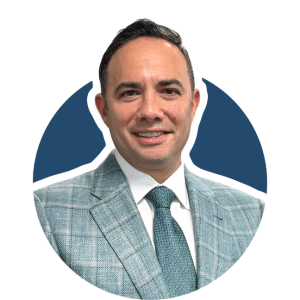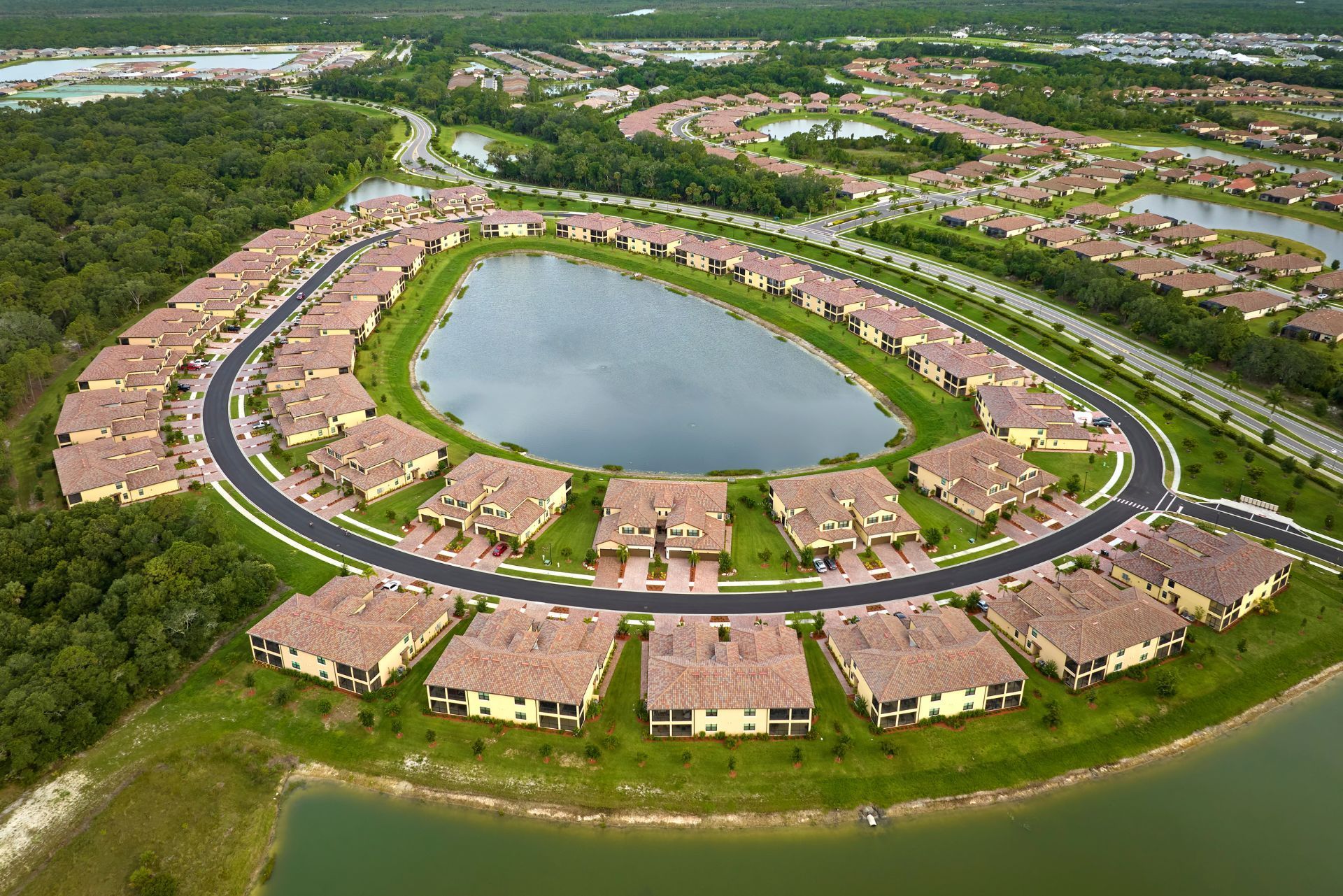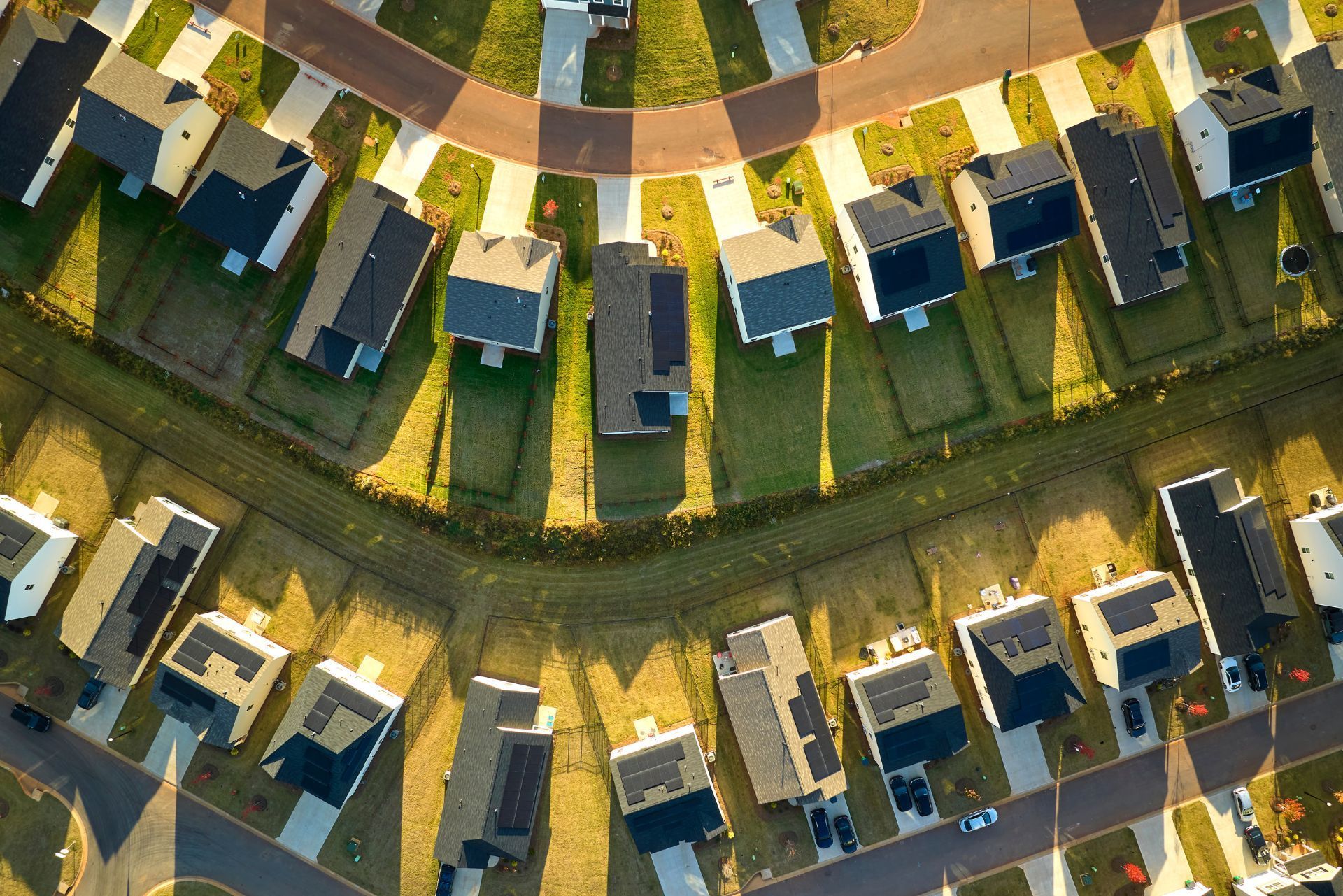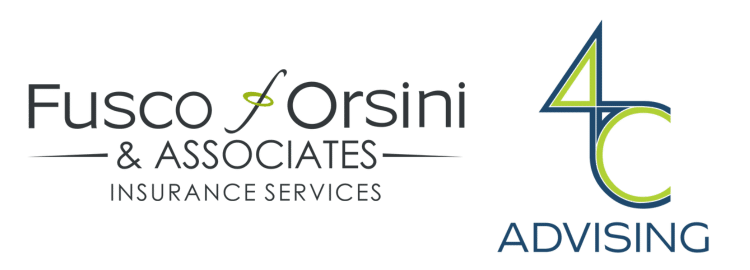Top 3 Recommended Policies

Homeowners' Associations (HOAs) play a crucial role in managing shared community spaces and maintaining property values in Kansas neighborhoods. However, one challenge that has increasingly impacted HOAs across the state is the rising cost and availability of insurance. Understanding the dynamics behind Kansas HOA insurance, including why premiums are soaring and what it means for associations and homeowners alike, is essential for anyone involved in or considering HOA membership.
In this comprehensive guide, we’ll explore the current landscape of HOA insurance in Kansas, the factors driving premium increases, the impact on homeowners, and strategies for managing these challenges effectively. For those navigating this complex market, having a clear grasp of the issues can empower better decisions and community resilience.
To start, it’s important to note that insurance rates have been rising rapidly across the state, with buildings managed by HOAs experiencing some of the most pronounced increases. For example, some associations have seen premiums quadruple in just a few years, reflecting broader industry trends and local risk factors. More on this below.
The Rising Cost of HOA Insurance in Kansas
Insurance premiums for HOAs in Kansas have been climbing steeply, a trend mirrored nationwide but with some local nuances. Since 2021, some HOAs have reported their master insurance policy premiums increasing by as much as four times, reaching figures around $236,000 annually. This sharp rise is not isolated but part of a widespread pattern affecting many communities.
Several factors contribute to these increases. Catastrophic weather events such as storms, flooding, and wildfires have led insurers to reassess risk exposure, resulting in higher premiums and sometimes reduced coverage options. As one industry expert noted, “All of the catastrophes and the disasters have contributed to rising premiums.” This reality has made it increasingly difficult for HOAs to secure affordable and comprehensive insurance policies.
In Kansas, where the average annual homeowners insurance cost ranks third nationally at about $5,412, these hikes place additional financial pressure on associations and residents. The combination of state-wide insurance cost trends and the specific risks faced by communal properties explains why HOAs are feeling the squeeze more acutely than individual homeowners.
For those interested in the broader context of these price surges, this article highlights how insurance rates have jumped dramatically at HOA-managed buildings, underscoring the urgency of the issue.
Moreover, the implications of these rising costs extend beyond just financial strain; they can also affect community dynamics. As insurance premiums soar, some HOAs may be forced to increase dues or implement special assessments, which can lead to discontent among residents. This situation can create a ripple effect, where financial burdens lead to disagreements over budget allocations and priorities, further straining community relationships. Additionally, some associations may be tempted to cut corners on maintenance or other essential services to offset rising costs, potentially jeopardizing property values and the overall quality of life within the community.
Another important consideration is the impact on new developments and prospective homeowners. As insurance premiums rise, developers may be less inclined to build new properties in areas perceived as high-risk, leading to a slowdown in housing supply. This could exacerbate existing housing shortages and drive up prices even further, making it increasingly difficult for first-time buyers to enter the market. The interplay between insurance costs, community stability, and housing availability presents a complex challenge that requires careful navigation by both homeowners and policymakers in Kansas.
Why Are HOA Insurance Premiums Increasing So Rapidly?
The sharp rise in HOA insurance premiums is driven by several interrelated factors, many of which are tied to the evolving risk landscape and insurance market dynamics.
First, the frequency and severity of natural disasters have surged in recent years. HOAs often manage large properties with shared infrastructure, making them more vulnerable to costly damage. Insurers have responded by raising premiums to offset the increased likelihood of claims. This is a nationwide phenomenon, but Kansas’s exposure to tornadoes, hailstorms, and flooding exacerbates the risk profile for local HOAs.
Second, the insurance market itself is tightening. Many insurers are reevaluating their willingness to cover HOAs, leading to reduced competition and fewer policy options. This scarcity drives prices upward and sometimes results in coverage restrictions. As reported, “In virtually every HOA, we’re hearing the same story... it’s either been very difficult to get insurance, or the insurance they are able to get has reduced coverages and increased costs.”
Third, the administrative and legal complexities of insuring communal properties add to the challenge. HOAs must cover not only individual units but also common areas and liability risks, which complicates underwriting and increases costs.
Moreover, the rise in litigation related to property disputes and liability claims has further strained the insurance landscape. As communities grow and evolve, the potential for conflicts over maintenance responsibilities, property damage, and personal injuries increases. Legal battles can be costly and time-consuming, prompting insurers to factor these risks into their premium calculations. In some cases, HOAs may find themselves facing higher premiums simply due to the heightened risk of legal claims, which can be particularly daunting for smaller associations with limited budgets.
Additionally, the impact of inflation cannot be overlooked. Rising construction costs mean that in the event of a claim, the expenses associated with repairs and rebuilding are significantly higher than they were just a few years ago. This inflationary pressure on materials and labor further compounds the challenges faced by HOAs, as insurers adjust their rates to reflect the increased costs they anticipate when settling claims. As a result, HOAs are not only grappling with higher premiums but also with the need to ensure that their coverage limits are adequate to meet these rising costs, creating a complex balancing act between affordability and adequate protection.

Impact on Homeowners and Associations
The rising cost and reduced availability of HOA insurance have direct consequences for both associations and individual homeowners.
For associations, higher premiums translate into increased fees or special assessments to cover insurance costs. This can strain budgets and lead to difficult decisions about maintenance, amenities, and reserves. Associations may also face challenges in meeting lender requirements or maintaining property values if insurance coverage is limited. In some cases, associations might even consider reducing services such as landscaping or community events, which can diminish the overall appeal of the community and potentially lead to a decline in resident satisfaction.
Homeowners feel the impact through rising HOA dues and potential decreases in community services or property upkeep. Younger homeowners, in particular, are facing insurance challenges; a recent study found that 51% of homeowners aged 18 to 34 had their home insurance nonrenewed or canceled in the last three years. This highlights a broader issue of insurance accessibility that affects new and younger residents disproportionately. The financial burden can be particularly daunting for first-time buyers who may already be stretched thin with mortgage payments and other expenses. As a result, many are forced to reassess their budgets, leading to tough choices about where to allocate their limited resources.
Moreover, 16% of U.S. homeowners overall experienced insurance cancellations or nonrenewals between January 2021 and January 2024, reflecting a tightening market that affects many communities. These trends underscore the importance of understanding insurance dynamics when purchasing or living in HOA-managed properties. The implications extend beyond immediate financial concerns; they can also affect the long-term stability of neighborhoods. Communities that struggle with insurance issues may find it harder to attract new residents, which can lead to stagnation or even decline in property values. Furthermore, the ripple effects of these challenges can create tension between homeowners and associations, as residents may feel frustrated by rising costs without seeing corresponding improvements in services or property management.

Strategies for Managing HOA Insurance Challenges
Given the current environment, HOAs in Kansas need to adopt strategic approaches to navigate insurance challenges effectively.
One key strategy is risk mitigation. By investing in property maintenance, safety improvements, and disaster preparedness, associations can reduce the likelihood and severity of claims, which may help control premium increases. Regular inspections, updating infrastructure, and implementing community-wide safety protocols are practical steps. For instance, establishing a routine maintenance schedule for common areas, such as pools and playgrounds, can not only enhance safety but also prolong the lifespan of these facilities, ultimately reducing repair costs and insurance claims. Furthermore, encouraging residents to report potential hazards can create a proactive community atmosphere where everyone plays a role in maintaining safety.
Another approach involves shopping around and working closely with insurance brokers who specialize in HOA coverage. Brokers can help identify insurers willing to provide competitive rates and adequate coverage, even in a difficult market. It is beneficial for HOAs to conduct a comprehensive review of their current policies to ensure they are not over-insured or under-insured, as this can lead to unnecessary costs or insufficient coverage in the event of a claim. Additionally, engaging in a competitive bidding process can reveal options that may have been overlooked, allowing the HOA to make informed decisions about their insurance needs.
Additionally, some HOAs explore alternative risk financing options, such as captive insurance or self-insurance for certain risks, though these require careful consideration and expertise. Captive insurance, in particular, can provide a tailored solution that aligns with the unique risks faced by the community, allowing for greater control over claims and premiums. However, it is crucial for associations to thoroughly assess their financial capacity and risk tolerance before pursuing such options, as they may involve significant upfront costs and ongoing management responsibilities.
Transparency with homeowners about insurance costs and challenges is also vital. Educating residents about the factors driving premium increases and the importance of maintaining adequate coverage can foster community support for necessary fee adjustments or assessments. Hosting informational meetings or distributing newsletters that outline the insurance landscape can empower homeowners to understand the complexities involved. Moreover, engaging residents in discussions about potential cost-saving measures, such as community-wide initiatives for risk reduction, can strengthen the sense of community while addressing financial concerns collectively.
Looking Ahead: The Future of HOA Insurance in Kansas
The Homeowners' Associations industry in Kansas is projected to grow, with an expected annualized increase leading to a market size of approximately $97.8 million by 2024. This growth reflects ongoing demand for managed communities but also highlights the need for sustainable insurance solutions.
As climate change continues to influence weather patterns and insurers adjust their risk models, HOAs must remain adaptable. Collaboration between associations, insurers, and regulators could help develop more stable insurance markets and innovative coverage options tailored to communal living arrangements.
For those seeking to stay informed on these developments, monitoring industry reports and expert analyses is advisable. Resources like the Market Trading Essentials report provide valuable insights into insurer behavior and market trends affecting HOAs nationwide.
Additionally, the rise of technology in the insurance sector is poised to revolutionize how HOAs manage their policies. Insurtech companies are emerging with innovative solutions that streamline the insurance purchasing process, making it easier for associations to compare policies and find the best coverage options. These advancements could lead to more competitive pricing and tailored services that meet the unique needs of Kansas communities, ultimately fostering a more resilient insurance framework.
Moreover, as more homeowners become aware of the importance of adequate coverage, there is a growing emphasis on education and transparency within the HOA insurance landscape. Workshops and seminars aimed at educating board members and residents about their insurance options can empower them to make informed decisions. This proactive approach not only enhances community engagement but also strengthens the overall stability of the HOA by ensuring that all members understand their rights and responsibilities regarding insurance matters.
Ultimately, while the challenges are significant, proactive management and informed decision-making can help Kansas HOAs and their homeowners navigate the evolving insurance landscape with greater confidence and security.
Contact Us
Phone
Location




